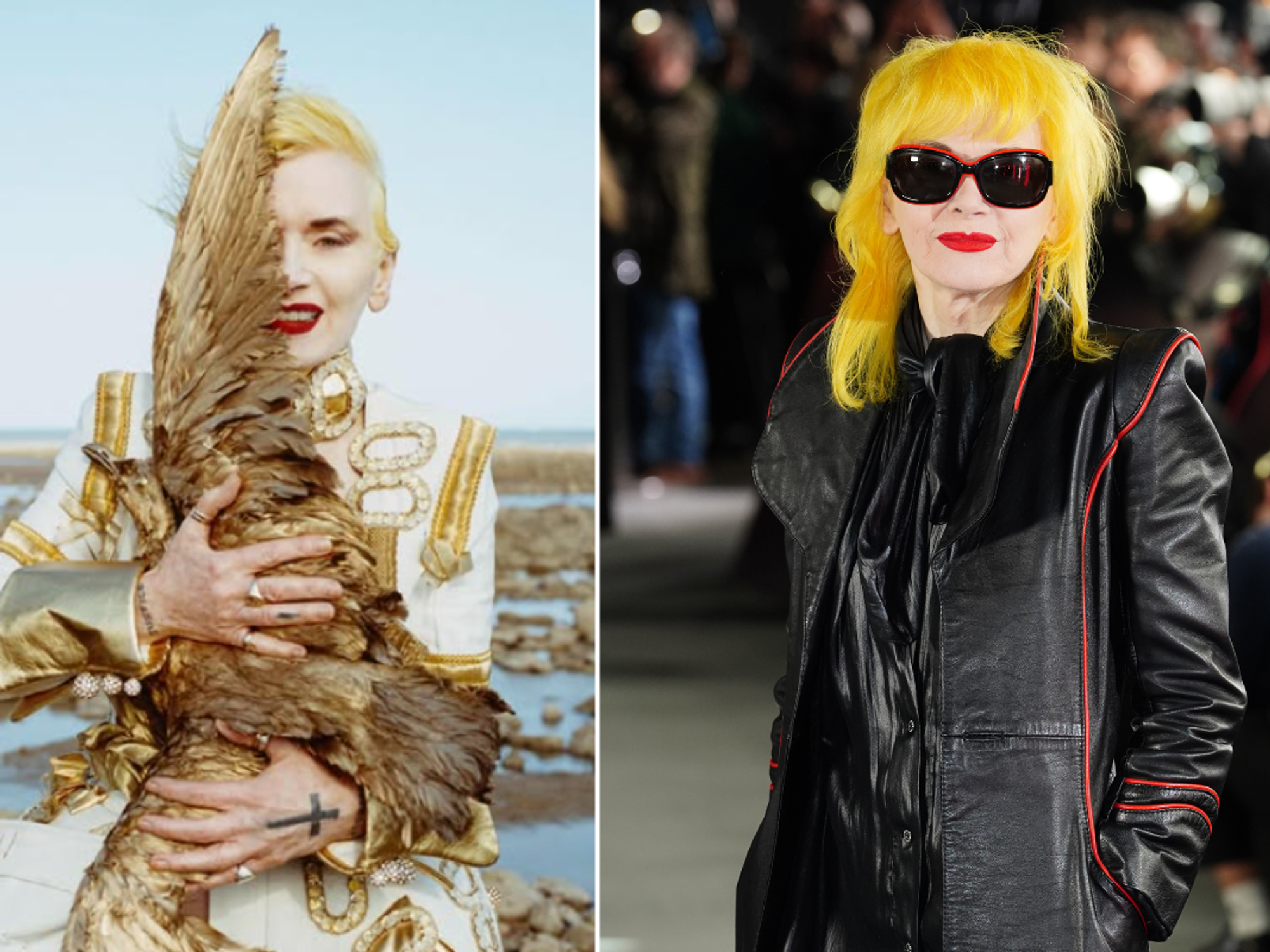Sistine Chapel painting includes woman with 'breast cancer' as Michelangelo had 'knowledge of healthy breasts'
The painter's medical experience is believed to have helped him create more anatomically correct artworks
Don't Miss
Most Read
Michelangelo's iconic Sistine Chapel fresco "The Flood" might depict a woman with breast cancer, according to a new study by researchers at the University of Paris-Saclay.
The team identified signs of the disease in a female figure featured in the famous artwork, which was painted between 1508 and 1512.
Their findings - published in the journal The Breast - have suggested that the Renaissance master might have intentionally included this detail in his masterpiece.
The study's lead author, Andreas Nerlich, along with his colleagues, observed several signs of breast cancer in one of the woman's breasts, including a "significantly retracted and deformed nipple" and a "slight bulge consistent with a lump".

In the bottom right of the artwork, the researchers noted a stark contrast between the woman's left and right breasts, identifying potential signs of enlarged lymph nodes near her armpit
|Musei Vaticani
The researchers noted a stark contrast between the woman's left and right breasts, identifying potential signs of enlarged lymph nodes near her armpit.
The detailed depiction suggests that Michelangelo had a keen understanding of breast anatomy and pathology.
The woman in question appears in the bottom-left corner of "The Flood", depicted wearing only a blue headscarf and cloak, indicating her married status.
Researchers observed that whilst one of her breasts shows signs of breastfeeding, the other exhibits characteristics consistent with breast cancer.
LATEST DEVELOPMENTS:
The team compared this depiction to other breasts in Michelangelo's works, concluding that the artist had knowledge of various breast sizes and morphologies.
The researchers propose several theories for Michelangelo's inclusion of this detail. One suggests the woman may represent Lust, one of the seven deadly sins depicted in the fresco.
Alternatively, the breast cancer representation could symbolise the concept of death and the impermanence of life, according to certain theorists.
The team said: "As an expression of Neoplatonism, by which Michelangelo was influenced, the pursuit of beauty and harmony could lead to immortality, whereas physical disfiguration or illness was an expression of spiritual abyss."

Medical historian from the University of Edinburgh Dr Agnes Arnold-Forster told New Scientist that it was "reasonable to presume" the hidden message of the woman was about the inevitability of death
|GETTY
As the artist began assisting with autopsies at the age of 17, he often observed various pathologies, including breast cancer, which academics believe helped him in his craft.
Medical historian from the University of Edinburgh Dr Agnes Arnold-Forster told New Scientist that it was "reasonable to presume" the hidden message of the woman was about the inevitability of death.
Dr Arnold-Forster said: "Cancer was known to be incurable, levying an acute emotional toll, and it's likely that a woman who found a lump in her breast would know the potential outcome."
The researchers concluded that Michelangelo's depiction "suggests characteristics of breast cancer" and is "fully corroborated by the symbolism and the theological meaning underlying this representation of life and death".











